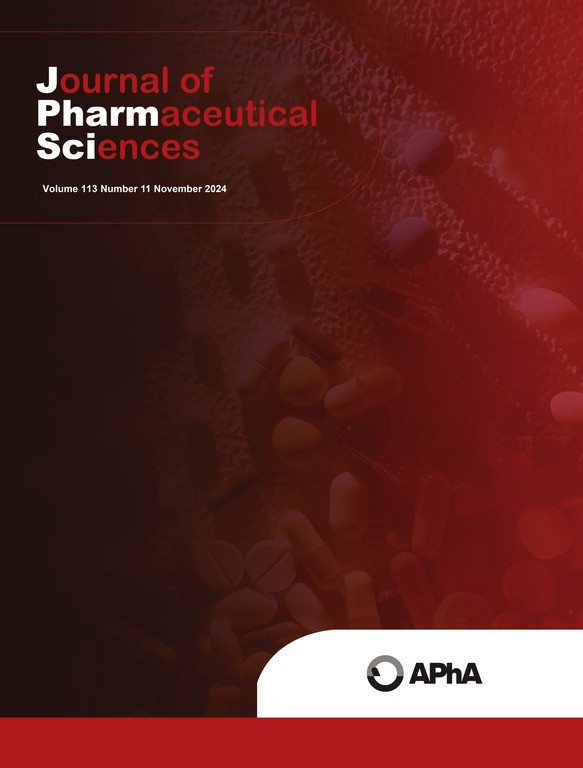导航ICH Q2(R2)分析方法验证中的合规性:简化风险评估和变更管理的差距分析工具包。
IF 3.7
3区 医学
Q2 CHEMISTRY, MEDICINAL
引用次数: 0
摘要
国际人用药品技术要求协调理事会(ICH)于 2023 年 11 月 1 日正式通过 Q2(R2)和 Q14 作为协调准则。Q2(R2)提供了验证分析方法的最新指导,而Q14则首次引入了关于开发分析方法的全面指导。多个监管机构已正式纳入了 Q2(R2)和 Q14,还有许多监管机构正在纳入过程中。不过,Q2(R1) 和 Q2(R2) 之间的详细差异清单尚未公布。本文介绍的工具包旨在简化风险评估和变更管理工作,以便在长期确立的 Q2(R1) 指南基础上更新系统;确定了 56 项具体的遗漏、扩展和新增内容,并提出了引导这些变更的流程。此外,还讨论了改进 Q2(R2)和相关章节(包括 Q7,《活性药物成分工业良好生产规范指南》)的建议。鉴于分析方法开发与验证之间的密切关系,Q14 的许多方面都包含在 Q2(R2)中,因此在此加以说明。本文章由计算机程序翻译,如有差异,请以英文原文为准。
Navigating ICH Q2(R2) compliance in analytical method validation: A gap analysis toolkit to streamline risk assessment and change management
The International Council for Harmonisation of Technical Requirements for Pharmaceuticals for Human Use (ICH) officially adopted Q2(R2) and Q14 as harmonized guidelines on November 1, 2023. Updated guidance for validating analytical methods is provided in Q2(R2), while Q14 introduces, for the first time, comprehensive guidance on the development of analytical methods. Multiple regulatory authorities have officially incorporated Q2(R2) and Q14, and many others are in the process. However, a detailed list of differences between Q2(R1) and Q2(R2) has yet to be made available. The toolkit presented here is designed to streamline risk assessment and change management efforts for updating systems based on long-established Q2(R1) guidance; 56 specific omissions, expansions, and additions are identified, and a process for navigating these changes is proposed. Suggestions for improving Q2(R2) and related chapters (including Q7, Good Manufacturing Practice Guidance for Active Pharmaceutical Ingredients Guidance for Industry) are also discussed. Given the close relationship between analytical method development and validation, many aspects of Q14 are included in Q2(R2) and are therefore described here.
求助全文
通过发布文献求助,成功后即可免费获取论文全文。
去求助
来源期刊
CiteScore
7.30
自引率
13.20%
发文量
367
审稿时长
33 days
期刊介绍:
The Journal of Pharmaceutical Sciences will publish original research papers, original research notes, invited topical reviews (including Minireviews), and editorial commentary and news. The area of focus shall be concepts in basic pharmaceutical science and such topics as chemical processing of pharmaceuticals, including crystallization, lyophilization, chemical stability of drugs, pharmacokinetics, biopharmaceutics, pharmacodynamics, pro-drug developments, metabolic disposition of bioactive agents, dosage form design, protein-peptide chemistry and biotechnology specifically as these relate to pharmaceutical technology, and targeted drug delivery.

 求助内容:
求助内容: 应助结果提醒方式:
应助结果提醒方式:


